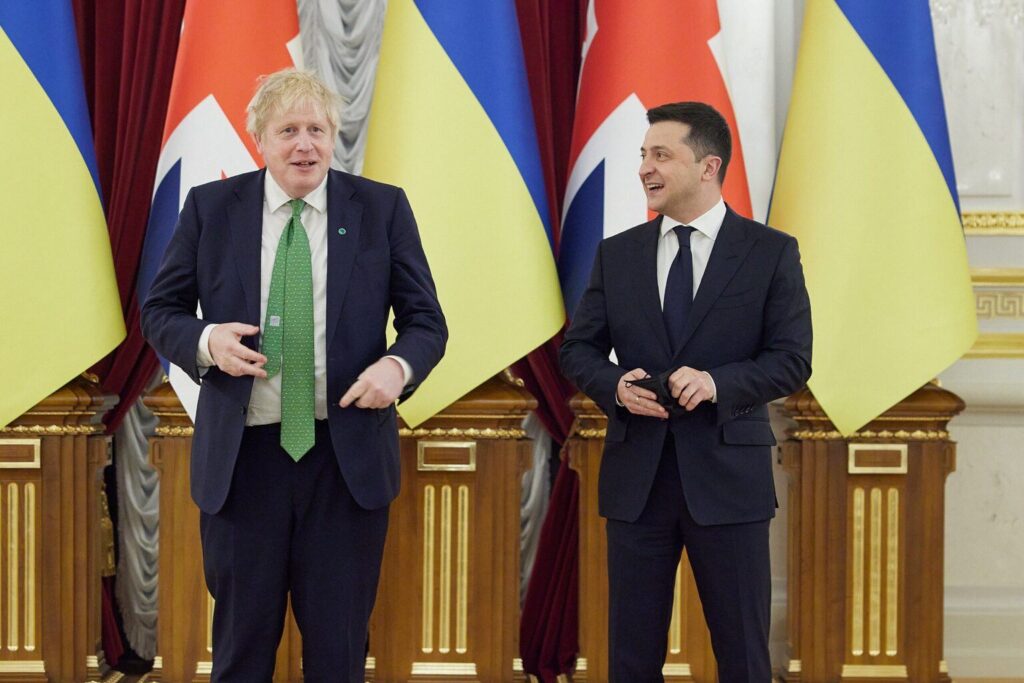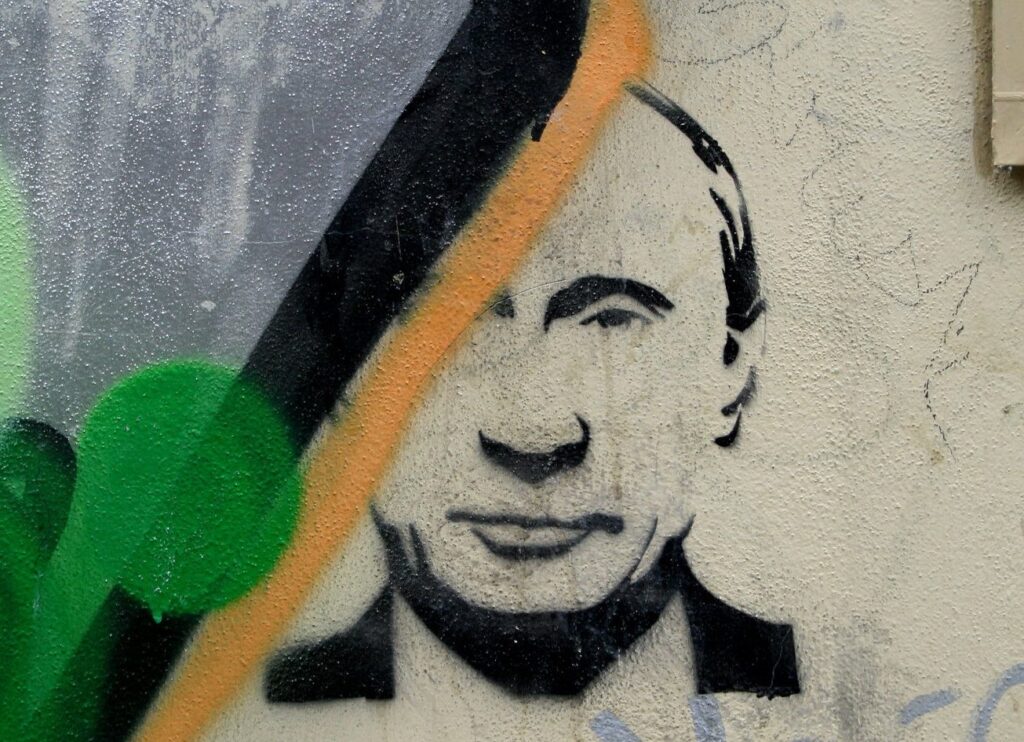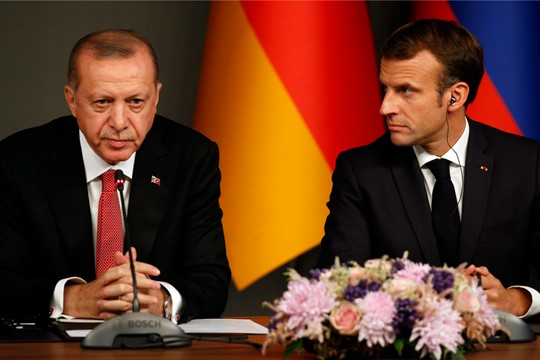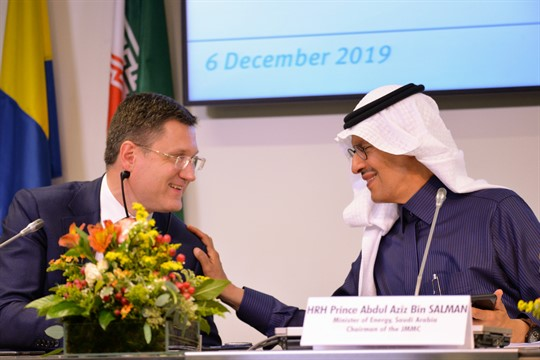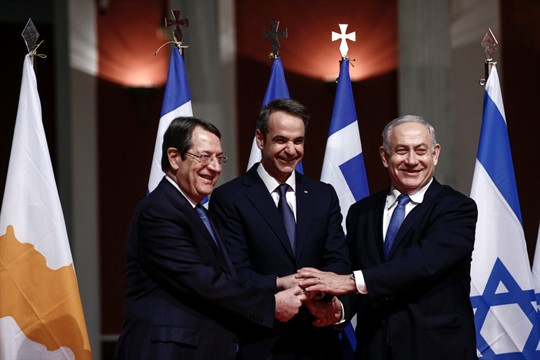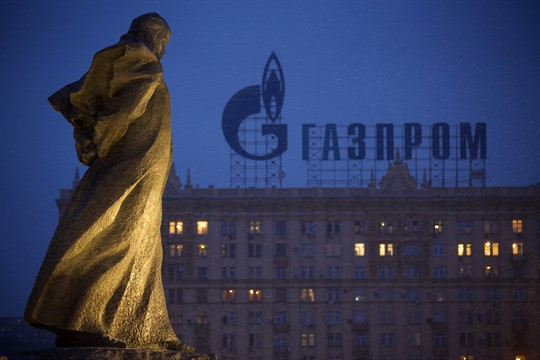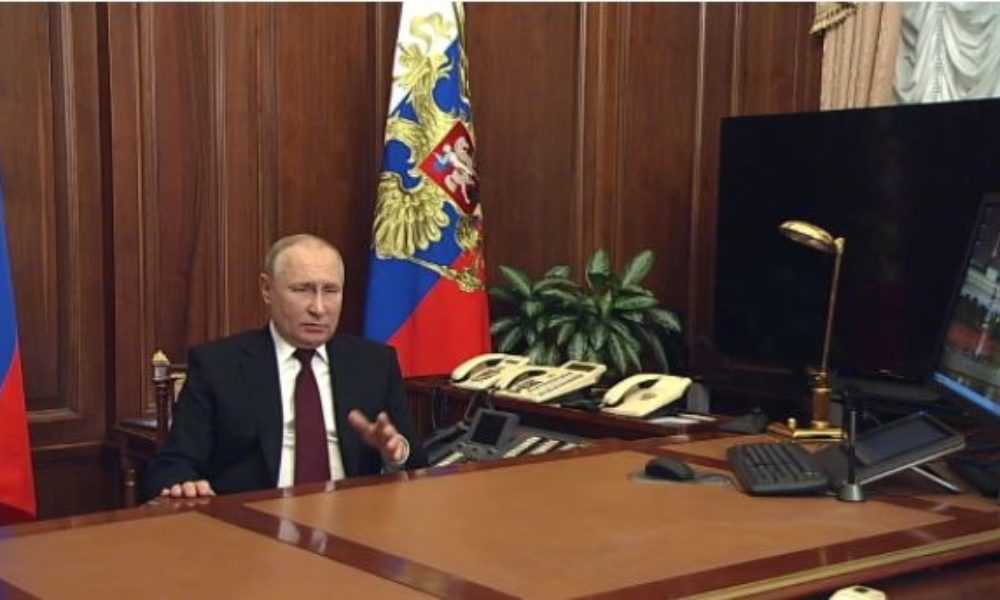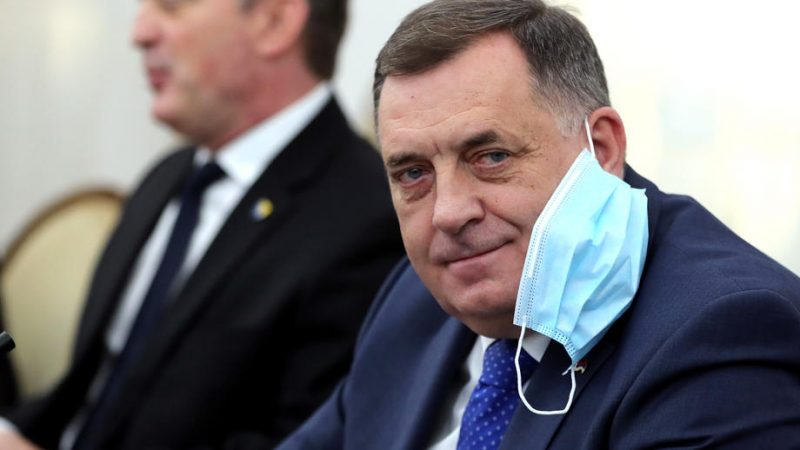Mister Hemedti Goes To Moscow
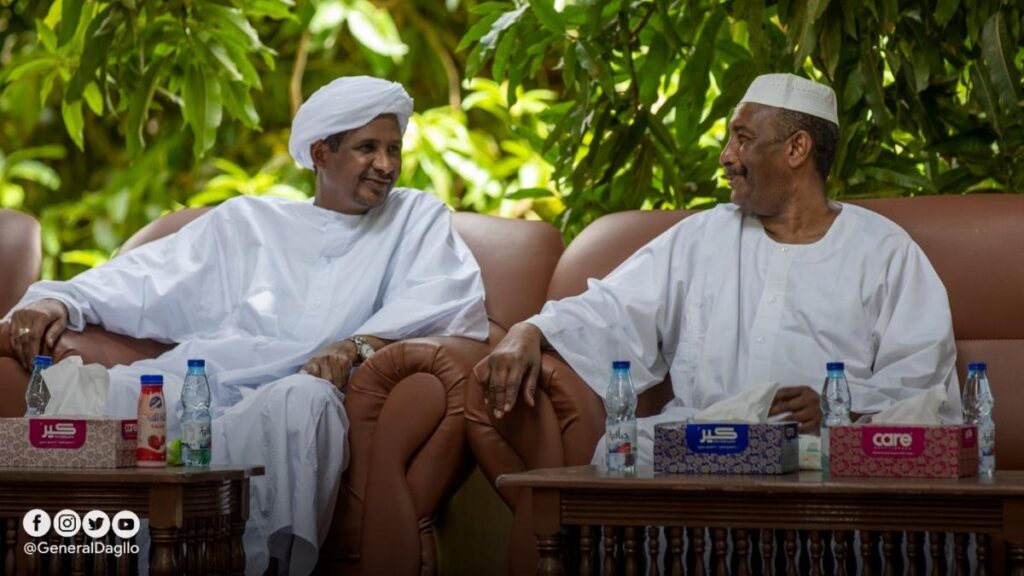
One would think that Russia was busy with other matters, but on February 20, 2022 – at the height of the Ukraine Crisis – the Sudanese Foreign Ministry announced that the Vice Chairman of Sudan’s Transitional Sovereignty Council, Lieutenant General Muhammad Hamdan Dagalo “Hemedti” would travel to Moscow at the end of the week and meet with Russian President Vladimir Putin and Foreign Minister Lavrov.[1] It is the first visit by a senior Sudanese official to Russia since the October 25, 2021 military coup in Sudan which removed the civilian part of the Sudanese government under Prime Minister Abdullah Hamdok.


